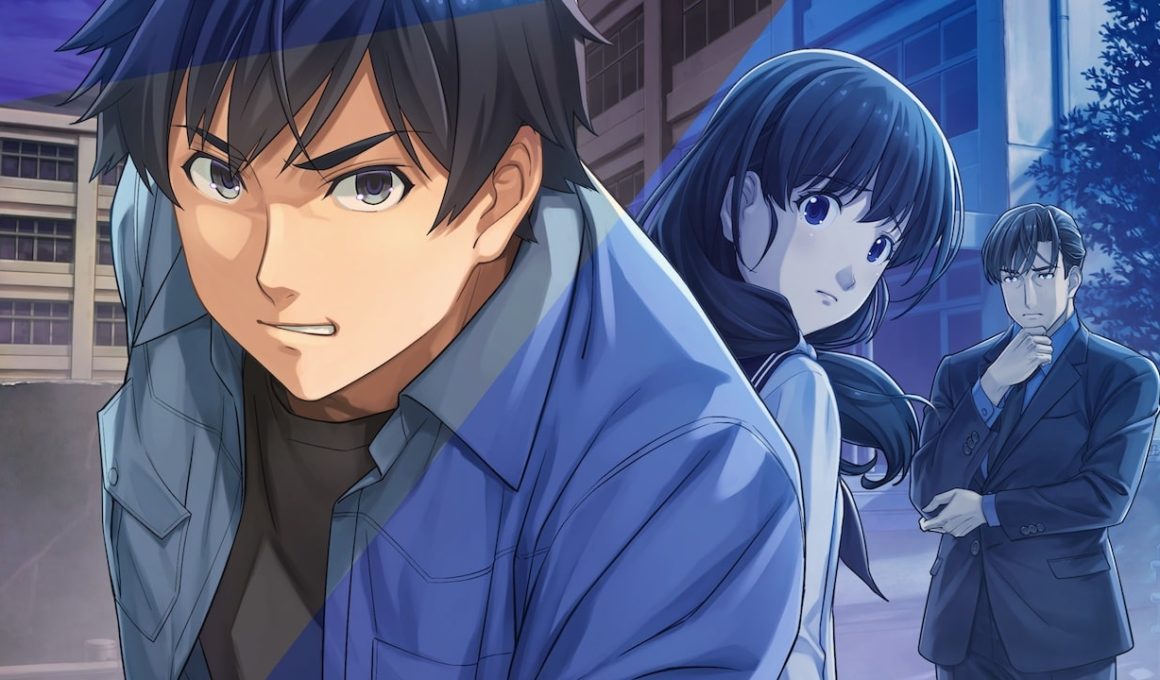If there are two things I love, it’s mystery games and most visual novels by MAGES (creator of the Science Adventure series, you know the one with Steins;Gate). During the last Nintendo Direct we got quite the surprise: A remake of the classic Famicom Detective Club duology had been announced previously with MAGES as the developer, but I never could have imagined that Nintendo would have pushed for both games to receive worldwide releases. As someone who is used to waiting months, years, or indefinitely for niche Japanese adventure games to come west, this shot my hype up significantly.
It was also a treat to see MAGES dabble with a seemingly higher budget than usual. Both games feature full voice acting and some of the best animated sprites I’ve ever seen in the medium. While the presentation has been massively overhauled, I was impressed at just how much they feel like classic ADV games. I’ve never played the original games or the second game’s Super Famicom remake, but it’s apparent right away just how faithful MAGES stayed to their retro roots. A downside however is that these games have carried over many of the frustrations that come with that.
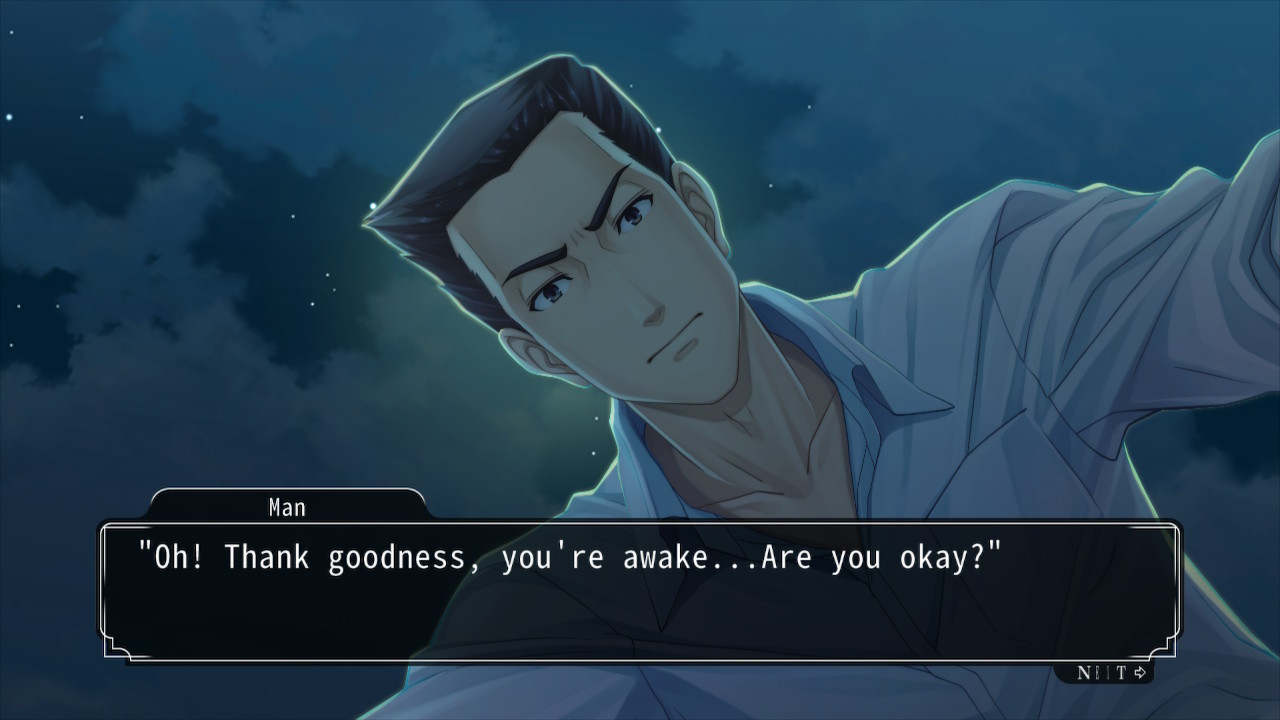
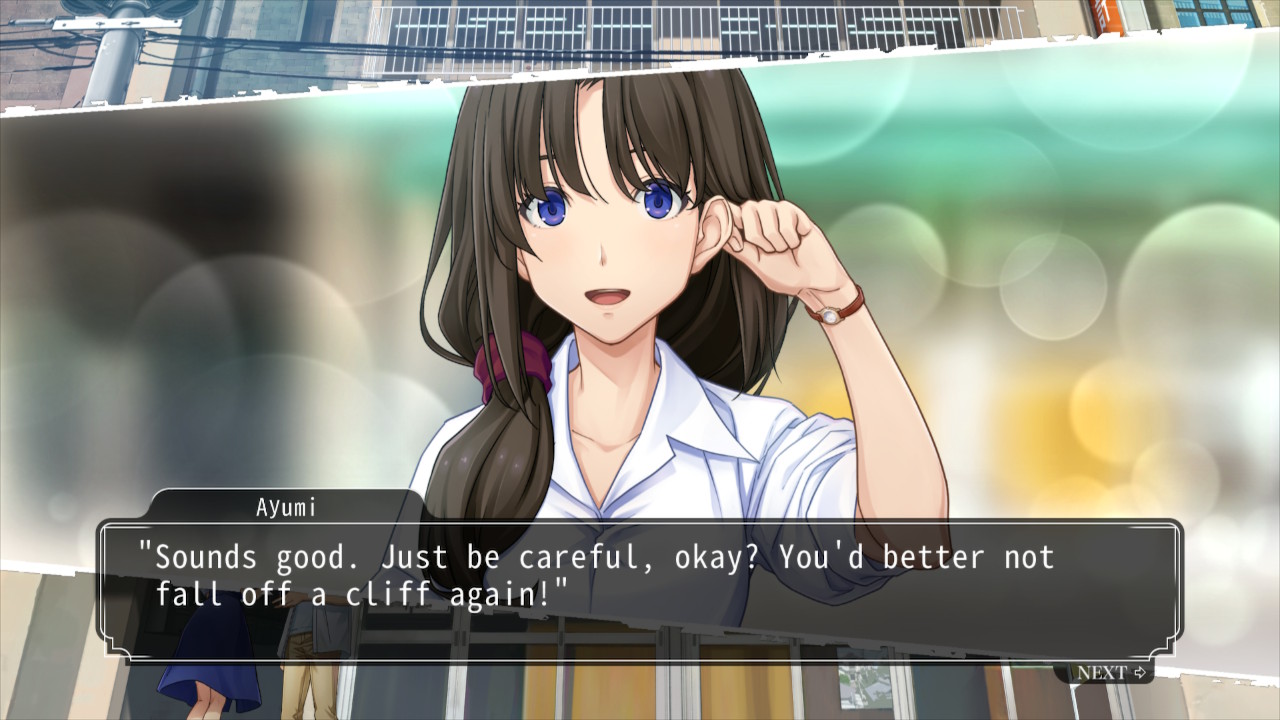
Given that these are mystery games, I won’t be talking about the stories in detail. The entire game revolves around the detective experience, and you’d be cheating yourself of a great time if you don’t play it yourself. There was initial confusion in which I should have played first. Famicom Detective Club: The Missing Heir was the original game, releasing in 1988. A year later they released a prequel with an original story, Famicom Detective Club: The Girl Who Stands Behind. I always recommend playing series in their release order, but for those who want to play in chronological order you really aren’t missing out on much. The games are mostly separate stories, with the focus being on the mystery.
The Missing Heir starts with the protagonist (who you can name) waking up at the bottom of a cliff with all his memories gone. He learns shortly that he’s an assistant in the Utsugi Detective Agency, and was working on a case involving the death of Kiku Ayashiro, the head of the prestigious Ayashrio Family.
The Girl Who Stands Behind takes place years before, dealing with one of the protagonist’s first major cases at the Utsugi Detective Agency. A student of Ushimitsu High School was found dead, and a terrifying rumor of a ghostly girl stalking students is going around. With Utsugi needing to work another case, this mystery falls on your shoulders.
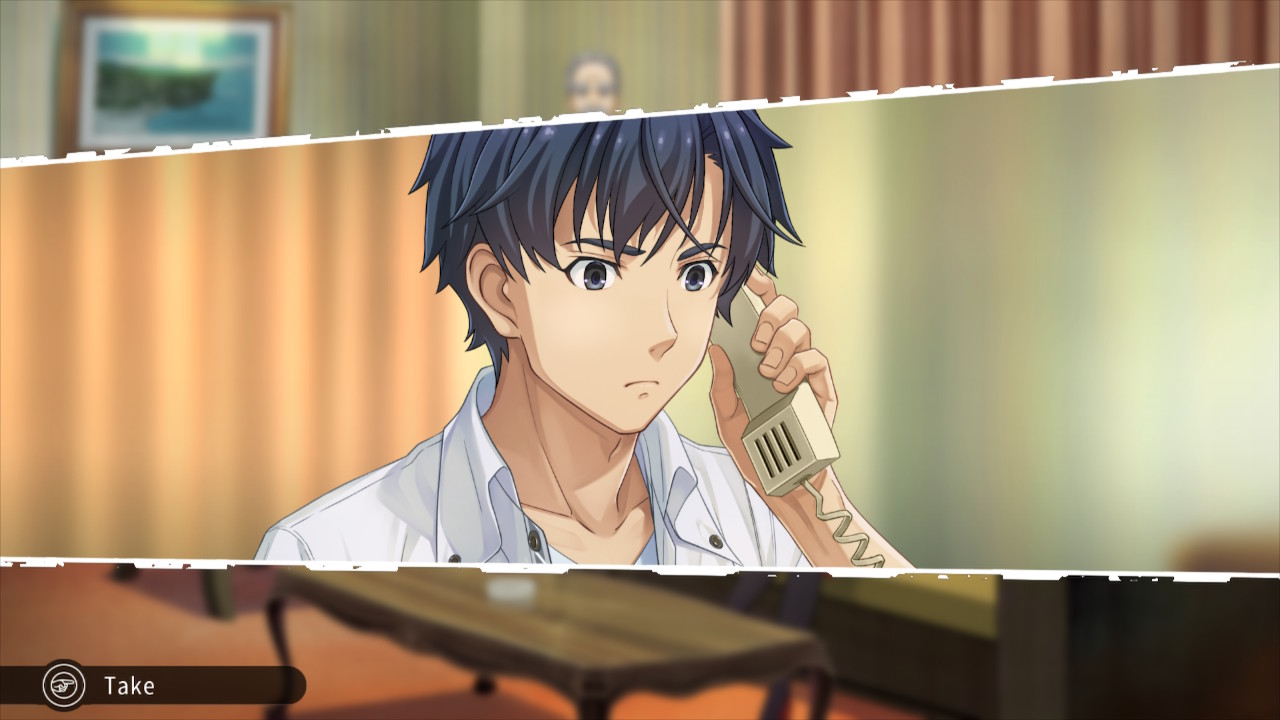

Mechanically both games are very simple, and very similar. General navigation is done with a slick menu that successfully combines modern and retro design senses. Progression through the games is entirely linear, but how you progress is left for the player to figure out. In your menu you’ll have a variety of options like Travel, Talk, Take, Show (items), Call/Engage, Look/Examine, etc. You’ll need to go around collecting clues and getting crucial information out of people you’re interrogating to advance the story. The menu can seem quite overwhelming at first, but like with most ADV games you really just need to press people on almost everything you can.
While I found myself loving both, my time in the world of Famicom Detective Club was far from perfect. There were quite a few times with The Missing Heir that I felt the obscurity of progression was wearing thin. There can be quite a lot of options to choose from in the Talk menu during the late game, and you’ll have to often click the same options to get new dialogue to pop up from a character. In addition to that, Examine mode can be slow and sometimes just obtuse. There are important items to find in each environment that sometimes don’t show that you can click them. This is a bit of a double-edged sword. Was it tedious? Absolutely, but it did make me feel quite immersed into the role of a detective. What’s a lot harder to forgive is slow cursor speed. The default speed is very slow, which has its place when you’re combing through environments, but the only way to speed it up is by clicking in the left stick. It didn’t really feel that intuitive, but eventually, you get used to how the game expects you to engage with it, and picking up these skills made The Girl Who Stands Behind a much smoother experience. That, and the game being a bit better designed all around.


The quality of the written dialogue saved the experiences from any occasional tedium. The mysteries are incredibly engaging, and this is thanks to a wonderful cast of characters and a good localization. If you’re playing a text-based adventure game, good dialogue is a necessity. Every time I felt like I wanted to take a break because an investigation scene had me dumbfounded for 30 minutes, I found myself unable to do so. The stories, while not groundbreaking, are very tightly written and told excessively well for being some of the earliest examples of Mystery Adventure games.
Both games now feature full Japanese voice acting, complementing the dialogue excellently. Nintendo clearly spared no expense at making this project shine, which is great to see. The performances sound great, but if you’d like to keep things old school you can always turn them off in the options.

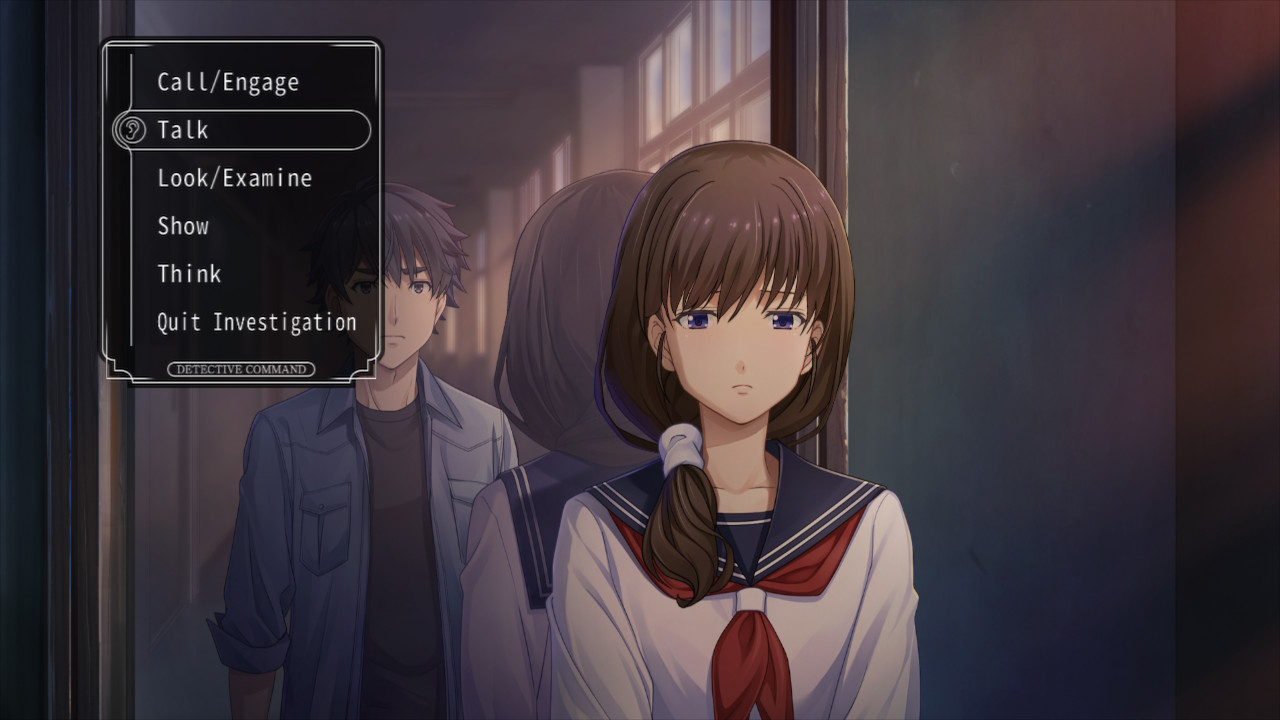
The presentation is where these remakes truly shine. Like I mentioned earlier, I’ve been following MAGES’ work as a developer for years. These are easily the best-looking games they’ve ever put out. I would frequently just stop in awe of some of the environmental designs and take several screenshots. The artwork for characters and backgrounds are stunning, and the frequent usage of animation on both makes both adventures come to life. Cinematic camera angles are frequently sprinkled throughout, preventing the games from feeling too static. The quirky characters frequently get fancy cut-away segments, enhancing their already funny dialogue. It gives the games a sense of style I’ve not seen too often, outside of one exception. The aesthetic used actually reminded me a lot of the YU-NO remake, which is a game I didn’t enjoy but liked to look at. This is the clear next step up from what they tried to do there, and I hope they can bring this style into an original game one day.
Kenji Yamamoto’s original scores for both games hold up very well given the limitations of old soundchips, and Takeshi Abo’s arrangements do them justice. While I think The Missing Heir’s OST wasn’t too special, The Girl Who Stands Behind’s really stood out. The second game in general feels like a much more fleshed out version of what they were trying to do originally, and the music instantly highlights this. For those who want to hear the original tunes (or in the second game’s case, but the Famicom and Super Famicom versions), you have an option to change them in the menu.
Famicom Detective Club is not terribly complicated by modern standards. The games show their ages in spots, and can be frustrating to figure out, but this is absolutely the kind of murder mystery stories I’ve been looking for. The true strength of these remakes is how they made me feel nostalgic for an era of video games I wasn’t even alive during. They recapture the feeling of classic ADV titles while modernizing just enough of the experience to keep the games accessible. The mysteries offered are both fresh, yet comfortably late ’80s. Bigger budgeted “Visual Novels” are always welcome, and a push for them to be played worldwide is even better. I think Famicom Detective Club: The Girl Who Stands Behind is the stronger of the two, but this is a great package all the same. If you’re fine with some tedium here and there, this is a glowing recommendation from me.
Version Tested: Nintendo Switch
Review copy provided by Nintendo





